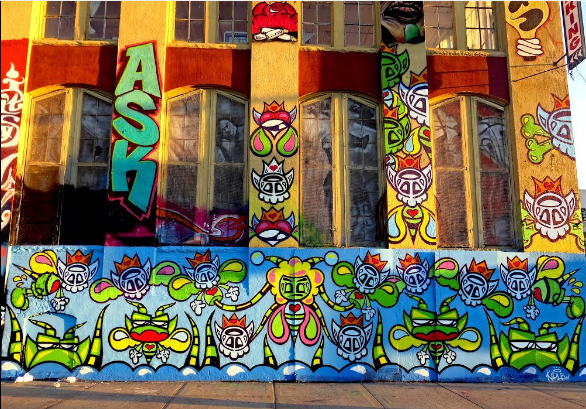Art World
Should Street Art be Temporary?


Artnet News

The removal of street art, whether a Banksy in Britain or New York’s beloved but now whitewashed and soon-to-be-demolished 5 Pointz, continues to polarize. Some praise the removal as urban beautification. Others lament the loss of cultural expression. But, according to street artist Ron English, his chosen medium isn’t meant to stick around.
“Street Art is an experience, and then it’s a photo, a You Are Not Here moment,” English wrote in an op-ed for the Huffington Post. “These moments are meant to mark time, and to remark on times. And times change.”
English, who has been working in the public realm since the 1970s, points to the art world’s co-optation of what was once an illegal, subversive act into an art movement as the root of all the fuss about murals getting painted over and posters getting torn down. What we now call street artists, people who used to be outlaws, have now become, as he calls them, “in laws.” Instead of being prosecuted for their acts, which were meant to be temporary jolts to the consciousness and urban landscape, the artists’ acts have achieved a monetary value and thus some kind of capital-driven license to exist.
But, English says, it wasn’t always so: “I have painted over a thousand billboards (now destroyed) not to mention hundreds of walls, of which maybe a half dozen still exist. So I have no real illusions of creating something permanent for the streets. In fact I personally enjoy seeing the walls change out. It makes for a vibrant community and an open invitation to revisit that community often.”
To his sensibility, it seems, heart’s and minds override wallets. “Of course it hurts to see your hard work whitewashed,” he explains, “but it does still exist in the hearts and Instagram feeds of the community and tourists who briefly had it as a background for their lives.”